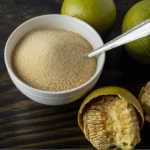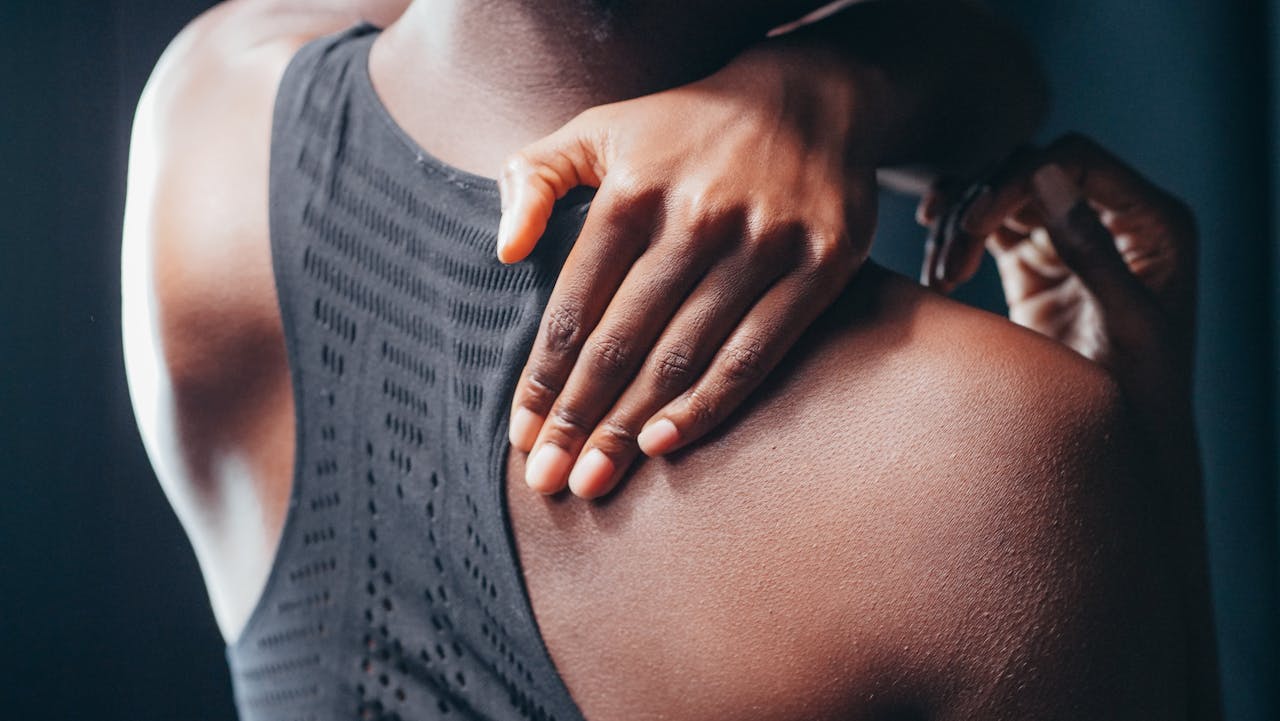As summer begins to wind down in Twin Falls, athletes of all ages are gearing up for the start of fall sports. Whether it’s kids preparing for soccer, adults getting back into recreational football, or cross-country runners clocking miles, this time of year is full of movement and momentum. But diving into the season without physical preparation can lead to frustration and injury. That’s where some thoughtful pre-season work can make a big difference.
Getting your body ready before the season ramps up helps you perform better, feel stronger, and stay in the game longer. While many athletes focus strictly on skill drills, it’s just as important to look at the physical side of things like improving overall strength, flexibility, and stability before that first whistle blows. Tuning up your body helps protect it from common challenges that come with the high-impact and repetitive movements sports often demand.
Common Injuries in Fall Sports
The shift into fall sports usually means a jump in physical demands, which can take a toll on the body fast. Without proper preparation, both youth and adult athletes face a higher chance of getting sidelined early in the season. Some injuries are sudden, like a pulled muscle during a sprint. Others show up gradually, like knee pain from repeated stress or shoulder strain from overuse.
Here are a few of the most common injuries that pop up during the fall:
1. Sprained ankles from uneven fields or quick directional changes
2. Knee issues such as patellar tendon pain or ligament strains from impact or overuse
3. Muscle strains in the hamstrings, calves, or hip flexors during explosive movements
4. Shoulder injuries in throwing sports like football, or with athletes who lift weights poorly
5. Lower back pain caused by poor running mechanics or lack of core support
These injuries don’t just come out of nowhere. In many cases, they happen because the body isn’t quite ready. After a slower summer or inconsistent activity, athletes may find themselves jumping into games or practices that are more intense than they realize. That sudden switch can lead to uneven muscle engagement, stiffness, or over-reliance on weaker muscle groups. A simple example is someone who sits a lot during the summer months may have tight hip flexors and a weak core, putting them at risk for a strained back when they sprint without warming up properly.
The good news is that a smart pre-season plan can lower those risks by building strength, flexibility, and awareness before stepping onto the field.
Benefits of Pre-Season Physical Therapy
Taking part in pre-season physical therapy can make a big difference in how an athlete performs during the fall season. By focusing on strength and flexibility, athletes get their bodies ready to handle the demands of their sport. It’s not just about avoiding injury—it’s also about moving better and feeling more confident.
Pre-season physical therapy offers these key benefits:
1. Strength gains in sport-specific muscle groups like the quads, hamstrings, and shoulders
2. Flexibility training to help joints move through a full range of motion without pain
3. Targeted core stability to improve balance and protect the back
Personalized training plans can be built around your needs. A soccer player may focus more on hip mobility and leg strength. A quarterback might work on shoulder flexibility and core rotation. There’s no one-size-fits-all method, which is why working with a professional makes sense.
When your body is prepared, you don’t just feel better—you play better.
Key Exercises for Fall Sports Preparation
It’s helpful to know which exercises can give the most return when preparing for fall sports. Every sport activates a different set of muscles and motions, so the right training routine will be one that supports the way your body moves during your game or activity.
Here are a few practical exercise categories to build into a fall training plan:
1. Strength Exercises
– Squats and lunges help build foundational leg power
– Resistance band training improves shoulder strength and control
– Deadlifts engage the core and back muscles while building stability
2. Flexibility and Mobility
– Dynamic stretching before practices or games allows muscles to activate safely
– Yoga-style poses support better joint range without overstretching
– Hip mobility drills help avoid tightness after long periods of sitting or intense running
3. Core Stability
– Planks focus on full core engagement and posture control
– Russian twists build rotational power and balance
– Bird-dog exercises develop low-impact core strength and coordination
Doing even a small set of these exercises several times a week can help condition key areas. Strengthening before the season begins creates a better base to build from and reduces the risk of strain, sprains, or chronic soreness later on.
Why Choose Wright Physical Therapy in Twin Falls
Wright Physical Therapy in Twin Falls stands out because of our experience and the way we treat every athlete as an individual. We know that each body is different, and we don’t rely on cookie-cutter programs. Our team takes time to learn what’s going on physically and what goals are important to you, so your care is personal from day one.
Convenience matters too. With several nearby locations across Southern Idaho and parts of Northern Utah, it’s easy to access physical therapy on your schedule. Whether your sport is competitive or recreational, our goal is the same: help you move better, feel stronger, and stay safe so you can keep doing what you love.
Our licensed physical therapists create sport-specific routines to fit your activity, whether you’re getting ready for soccer season, training for cross-country, or returning to pick-up football games after summer break.
Get Ready for a Thriving Sports Season
With fall just around the corner, now is the time to act. Getting your body prepped before that first game or practice can help you stay active and avoid downtime due to injury. It’s not just about building strength and flexibility—it’s about entering the season with confidence and peace of mind.
Taking the right steps now with a strong physical therapy plan sets the stage for success. If you or your child is starting or returning to fall sports, building a personalized pre-season routine can make all the difference in how the season starts and ends.
Don’t wait until soreness or injury shows up. Putting in the work before the season ensures more playing time, stronger performance, and fewer reasons to sit things out. Let Wright Physical Therapy in Twin Falls support you in getting ready for your best fall sports season yet.
Prepare for the upcoming fall sports season with confidence by making sure your body is ready to perform at its best. Learn how tailored care and performance-focused training at Wright Physical Therapy in Twin Falls can help you stay strong, avoid injuries, and enjoy every moment of the game.









